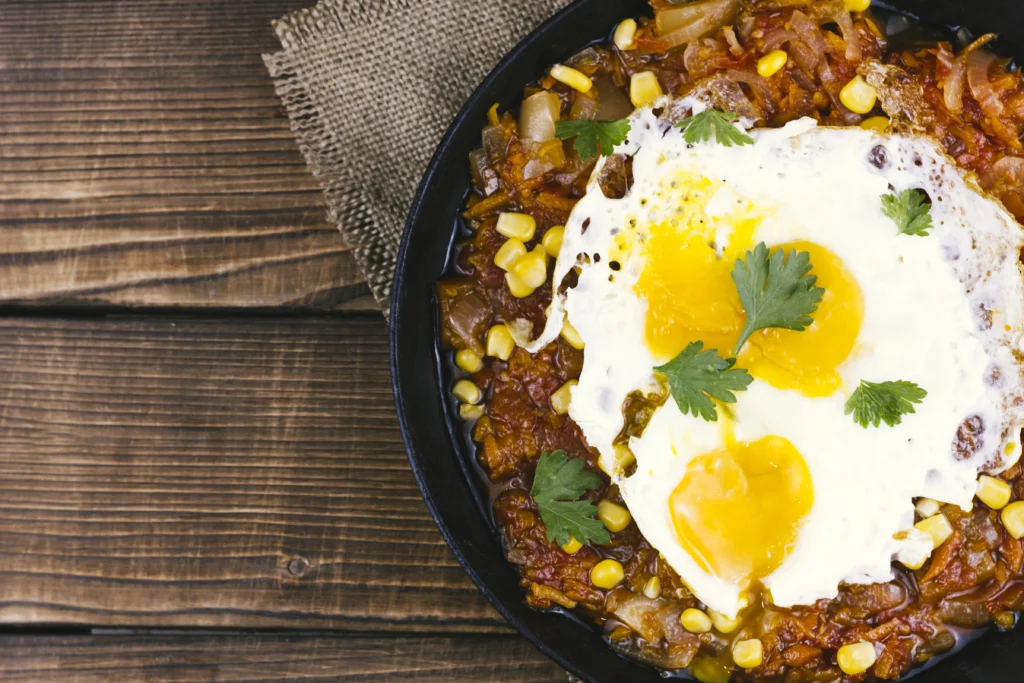The Salty Secret Behind Canned Corned Beef Hash – What’s Really Inside and Why It Matters
When you twist open a can of canned corned beef hash, that familiar aroma fills the air — salty, rich, and strangely comforting. It’s a smell that carries nostalgia for

When you twist open a can of canned corned beef hash, that familiar aroma fills the air — salty, rich, and strangely comforting. It’s a smell that carries nostalgia for many of us: lazy weekend breakfasts, quick late-night meals, or that taste of home when money was tight.
But beneath that hearty flavor lies a story most people never think about — one that began in times of war, built on survival, and now sits quietly on grocery shelves as one of the most processed foods in the world.
The Surprising Origins of Corned Beef Hash
The story of corned beef hash goes back to the early 1800s and became a household staple during World War II. When food was scarce, families had to stretch every ingredient they could find. Corned beef — which was cheap, preserved, and easy to store — became the hero of the moment.
The word hash comes from the French term hacher, which means “to chop.” Soldiers and families would chop up leftover beef and potatoes, fry them together, and create a dish that could feed many with little effort. It was simple, practical, and delicious.
After the war, canned corned beef hash exploded in popularity. It was convenient, affordable, and comforting — a piece of nostalgia sealed in metal. But over time, that once-simple recipe changed dramatically, and not for the better.
What’s Actually Inside Canned Corned Beef Hash?
If you’ve ever flipped over the can and read the ingredients list, you might be surprised — or even shocked. Today’s canned corned beef hash is far from homemade. A typical can contains:
- Corned beef cured with sodium nitrate
- Rehydrated potatoes (not fresh)
- Hydrogenated vegetable oils
- Salt, sugar, and MSG
- Artificial preservatives and stabilizers
While it may taste savory and satisfying, one serving can pack over 1,000 milligrams of sodium — nearly half of what most adults should consume in a day. The fats inside aren’t the good kind, either. Many brands use trans fats and saturated fats, which are known to raise cholesterol and strain your heart.
Question 1: Have you ever checked the sodium content on your favorite canned foods?
What was once a dish made from necessity has turned into a sodium bomb wrapped in a layer of nostalgia.
Click here to read about “Is Spam Healthy or Bad for You?”

How This Comfort Food Can Harm Your Health
Let’s be honest — canned corned beef hash can taste great. But that taste comes with a cost.
The massive sodium levels can lead to high blood pressure, which forces your heart to work harder over time. The trans fats can raise your bad cholesterol (LDL) and lower your good cholesterol (HDL), increasing your risk of heart disease and stroke.
Those chemical preservatives, such as nitrates, might make your food last longer — but studies have linked them to an increased risk of certain cancers and chronic inflammation. Over time, your liver and kidneys struggle to process all those additives.
Question 2: Could a meal once created for survival now be contributing to modern health problems?
It’s worth asking: are we feeding our bodies comfort or simply convenience?
Healthy, Low-Salt, and Low-Carb Alternatives
You don’t need to give up flavor to eat better. There are plenty of ways to enjoy that same hearty, satisfying meal without the preservatives and excess salt.
- Homemade Hash:
Swap the canned version for a homemade one. Use lean grass-fed beef or ground turkey, and instead of potatoes, try cauliflower or turnips. Add herbs, black pepper, and olive oil for a clean, savory flavor. - Keto Beef Stew (Secondary Keyword: keto beef stew):
Try a slow-cooked Keto Beef Stew Recipe with lean beef, onions, celery, and mushrooms. It’s rich in protein, low in carbs, and tastes like pure comfort — minus the chemicals. - Vegetarian Hash:
Mix sautéed mushrooms, zucchini, and spinach with olive oil and garlic. It’s nutrient-dense, colorful, and surprisingly filling.
Question 3: What if your next comfort meal could actually nourish your heart instead of harm it?
From War Food to Wellness Wake-Up Call
The journey of canned corned beef hash tells us something important about how food has evolved.
It started as a dish of resilience — made with love, scraps, and survival. But somewhere along the way, it became a processed, factory-made symbol of convenience.
Now, it’s our turn to rewrite that story. Food should fuel, not fatigue, our bodies. By cooking at home, choosing fresh ingredients, and cutting down on sodium, we can reclaim that old-fashioned sense of nourishment — without the health risks.
Because food isn’t just about survival anymore. It’s about thriving.
Question 4: Are you ready to turn your comfort food into a healthy tradition?








